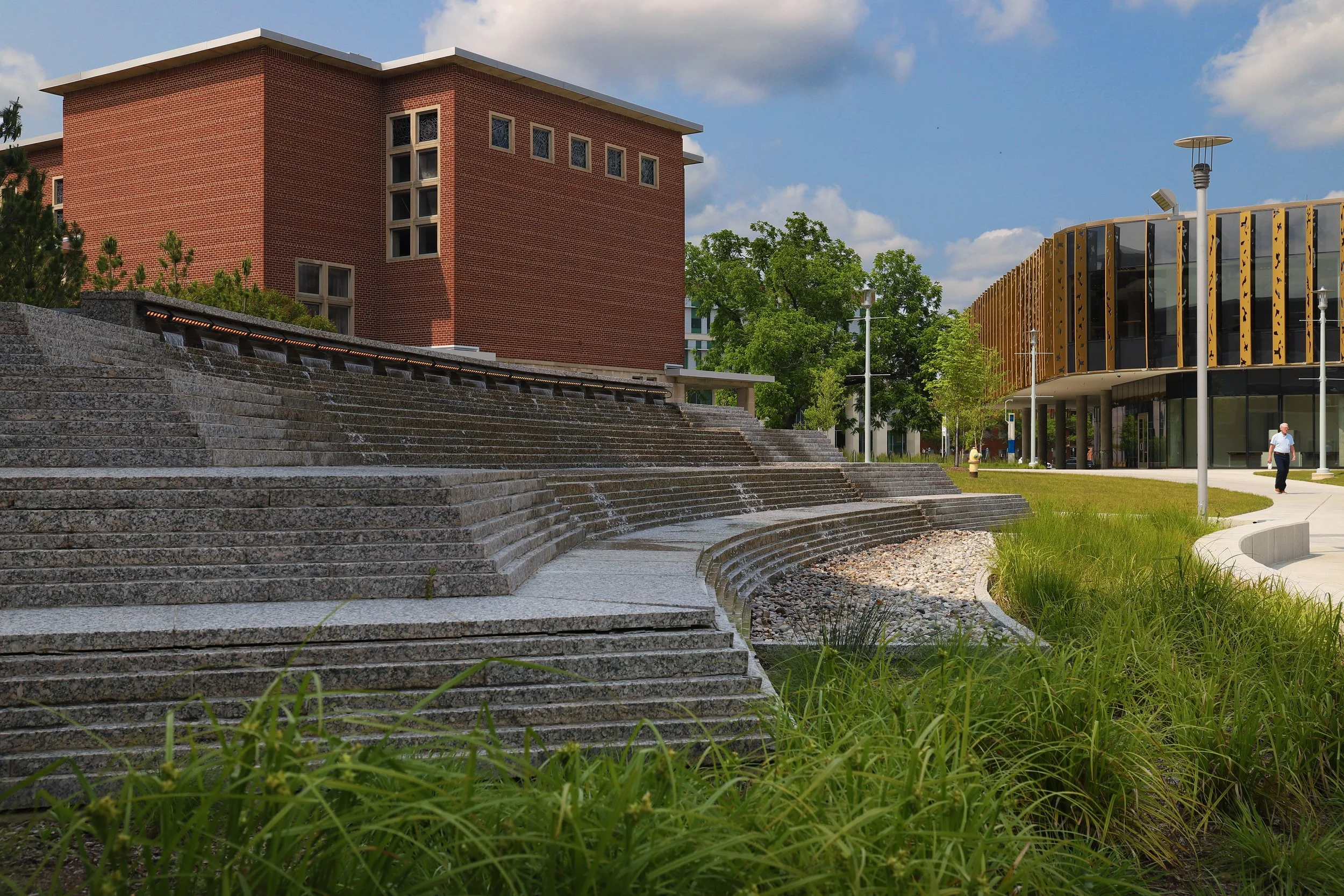Common Themes…Then and Now
I have only been at OCBA for the second half of its 60-year existence, but I saw and heard enough about its history to know what it was and want to keep it going in the direction in which it started. Bob O’Boyle built the firm based on providing good, honest service to clients. He stressed that everyone in the firm, from the youngest draftsperson to the most senior principal, makes an important contribution and should be appreciated and treated well. And he built a vast network of clients and partners throughout the state so that the team would have interesting and meaningful work to do.
With those three themes in mind, some of the things that have not changed at OCBA over the 30 years I’ve been here include:
Repeat business is a result of exceptional service – Our goal on every project and with every client is to do what we said we will do, within the timeframe and budget to which we agreed. This has been a fundamental part of OCBA’s business plan since its inception and has always resulted in a large percentage of our work coming from repeat clients. We hold the architects, engineers, and other allied professionals with which we partner to the same standard so that our project delivery is seamless. Does every project go perfectly, delivered exactly as we thought it might? Of course not, but we have always found that communication is critically important to project success, especially when challenges arise. As a result, close to 80% of our work comes from past clients and referrals from them.
Emphasis on employee’s families and a work/life balance – When I joined OCBA in 1993 almost everyone in the company had babies to school-aged children, so our holiday and summer parties always included families. Today we have drifted away from office parties that include our children, however there is a strong emphasis on offering flexibility so that our staff have time to take care of personal needs like having vehicles serviced, helping in a child’s classroom, attending doctor’s appointments, etc. Advocating for employees to get their work done in a timeframe that is convenient for them while taking care of themselves and their families has been rewarded with their loyalty and commitment to the firm.
Encouragement of personal interests through professional development – OCBA has always been supportive of employees developing their interests into professional strengths through continuing education and community involvement. Attending conferences, workshops, committee meetings, and maintaining active memberships in professional and community organizations are all activities that OCBA actively encourages and continues to support for all of our staff. In addition to enhancing their skills and knowledge it builds strong networks and deepens the expertise we can offer our clients.
Projects have a significant impact in the community – While there has always been “bread and butter” work at OCBA – those projects that might be a bit mundane but keep someone busy and some steady revenue coming in the door – there is always a major project or two underway as well. These complex, multiple-phase, high profile projects take a large, multi-disciplinary team years to complete, significantly impact the community, and typically result in recognition and design awards. Some of OCBA’s noteworthy projects over the years include the Lansing Riverfront Trail and Fish Ladder, Portage Creek Bicentennial Park, the Battle Creek and Allegan Riverfront Redevelopments, the Sherman Lake YMCA Outdoor Center, Western Michigan University’s Business Technology Research Park (WMU BTR), and Millennium Park in Kent County. Our most recent headliners are the Kellogg HQ Entry Renovation in Battle Creek and the Board of Trustees Fountain at WMU.
Projects are focused on positive environmental change – From OCBA’s first project for WMU, the Goldsworth Valley Master Plan, OCBA has taken our responsibility as stewards of the land very seriously. The master plan proposed an innovative approach to managing stormwater by creating a pond that would slowly release runoff while creating a visual amenity on campus. At that time stormwater was strictly relegated to underground pipes so this was a very new idea. Twenty-five years later the WMU BTR Park design was groundbreaking for storing and treating 100% of the storm water runoff using a system of open ponds and swales interspersed with walking trails in a native prairie setting. While retention ponds were regularly used for stormwater management by this time, the idea that they could be beautiful, natural, and a feature in the landscape was novel. Twenty-five years after that OCBA creatively reused 3,755 of the existing 3,886 slabs of flamed granite that had been in storage for more than twenty years in the design of a fountain and raised planting areas for the Board of Trustees Plaza project in the heart of WMU’s campus. Positive environmental impacts, in addition to repurposing the granite, include eliminating a significant amount of waste that would have gone to a landfill.
— Sandy Bliesener
OCBA President




